Suns building blocks: Maintaining Ayton’s efficiency in expanded role
Jul 23, 2019, 4:47 PM | Updated: Jul 24, 2019, 2:33 pm

(Photo by Ezra Shaw/Getty Images)
(Photo by Ezra Shaw/Getty Images)
The Phoenix Suns will exit the 2019 offseason with their young core clear. While some pieces are more proven than others, Deandre Ayton, Mikal Bridges, Devin Booker, Cameron Johnson and Kelly Oubre Jr. are all under the age of 24 and will shape how the next three years go for Phoenix as it leaves the rebuilding phase.
Empire of the Suns will take a look at key areas of improvement for each young piece, beginning with last year’s No. 1 overall pick.
Deandre Ayton was a statistical oddity in the best of ways for the Suns last season. His 16.3 points and 10.3 rebounds per game on a 60.8 true shooting percentage was elite production and efficiency that had never been done by a rookie prior to him.
Doing so in a limited role was even more impressive but Ayton’s responsibilities will expand in his second year and first under new head coach Monty Williams. It’s an undeniable conclusion to arrive at when looking at the layout of the roster.
That starts with Ayton getting more of the offense run through him but there’s even more beyond that.
Now, the narrative that Ayton wasn’t touching the ball enough in his rookie season isn’t necessarily false but he was among the league’s leaders in shooting out of the post.
Among the 58 players who had at least two post touches a game last year, Ayton ranked fifth in the league in average field goal attempts per game out of that position at 3.4. Only nine players had averaged 3.0 attempts or more and the top mark was LaMarcus Aldridge’s 6.5 in San Antonio.
Of those nine players, Ayton’s 52.5 FG% is the best.
There’s also precedent for Ayton’s usage equaling buckets. A usage percentage of 21.2% is low but 12 other players last year averaged at least 16 points per game like Ayton on that usage or more, such as Jimmy Butler, Pascal Siakam and Eric Gordon.
The difference is where those players were in the pecking order on their teams and where Ayton will land this upcoming season.
Where the narrative of him needing the ball more strengthens is comparing his average touches per game in that group of nine players getting up shots in the post. Ayton’s 51.2 a night is far off from the likes of Nikola Vucevic (70.6), Karl-Anthony Towns (73.3) and Joel Embiid (87.0).
Ayton shouldn’t touch the ball that much. Those guys are All-Stars. Ayton isn’t one yet. The Suns can find a delicate balance, though, getting him more involved. It’s certainly going to rise with him as the second option in the offense. A touches per game average of somewhere in the 60s is a safe bet.
The bet on him being ready for that increase is because Ayton went from a player at the University of Arizona who would surprise you when he showed some sauce as a post scorer beyond baby-hook bullying to making Kevin Durant look at him like this.
I don’t think KD knew Deandre Ayton had this turnaround already. pic.twitter.com/LuKgapHZtq
— Kellan Olson (@KellanOlson) March 11, 2019
And, he’s evolving. The turnaround jumper is Ayton’s favorite but he’s already got a fake down.
On the next possession, he fakes the jumper and spins into an easy finish. He is evolving. FAST. pic.twitter.com/0sBMIAlOdr
— Kellan Olson (@KellanOlson) March 16, 2019
And to complete the circle on his repertoire of moves, now that spin move has a counter/fake to get back to the turnaround jumper.
Deandre Ayton offensive moveset update: 😍 pic.twitter.com/tzrgkgik6k
— Kellan Olson (@KellanOlson) March 16, 2019
That’s nasty.
It added up by the end of the season to a dude who can just flat-out score in the post.
Deandre Ayton has been getting much better at scoring out of the post. Has obviously improved a lot as a defender but his offense should get a nod too for an in-season improvement even if the numbers aren't rising. pic.twitter.com/C9Y3HVSloQ
— Kellan Olson (@KellanOlson) March 11, 2019
That’s going to ramp up his points per game to nearly 20 if he can correct the correctable hiccups.
Another narrative to tackle on Ayton is the consistency in his jumper, which was a routine shot for him at the University of Arizona.
The easiest area to see where Ayton’s field goal percentage could improve is the spots on the floor beyond the basket. Not going to do much better than 73% at the rim.
The first place to point is the deep jumpers but Phoenix did well last year in keeping Ayton closer to the rim and not letting him float on the perimeter. In the deep midrange areas, Ayton shot only 35% on 173 total attempts, per Cleaning the Glass. That’s 2.4 shots a night and only 19% of his attempts. To be fair, he did shoot 51% there in college. He should be better.
Get closer to the restricted area, however, and the short midrange zone is where Ayton was on a 50% conversion rate for over a fourth (27%) of his looks.
Among bigs, Ayton has one of the highest percentage shares of his attempts in the midrange, 46% of ’em, which is in the heavens of a 94th percentile across the league.
A lot of these looks are Ayton trusting his top-level touch from a bit too far out.
There are still 10 seconds left on the shot clock there with the whole left side of the floor open. Spin back!
That was tougher to do for Ayton despite the absolute mountain of a 20-year-old man he is physically because he was often outmatched by NBA veterans when trying to back them down.
The signature fallaway jumper off his left shoulder is gorgeous but is also settling in this example.
Watching a lot of these misses back, this is the one position where you can see he will grow the most offensively in the next couple of years, especially against some of the best. It’s not only decision-making but his touch is likely going to improve as well.
Off the deep screen here for Devin Booker, Ayton keeps his momentum going forward off a spin to get closer to the basket. Good stuff, but good stuff is not good enough against Rudy Gobert. He’s just going to sit back, beat you to the spot and contest.
Ayton’s either gonna have to stop on a dime for the deep jumper, which is what Gobert wants, or get physical into Gobert right away with a line-drive dribble attack. That’s where tightening the handle is going to help him a bunch because he’s a graceful enough athlete to do it. He’s going to draw help there most times to open up a pass, too, but Utah doesn’t help for Gobert because one does not do that.
Against Golden State in a close game, Booker does his job to find Ayton after drawing both defenders his way. The issue is Draymond Green’s all-universe help defense is perfect here and Ayton forces a quick, difficult runner.
Speaking of that grace for a 7-foot-1 person, this is a miss where you expect better from him. Ayton’s never had good explosion on quick movements like this, and even if that’s the case, he needs to go through Green to either draw the foul or get around the rim.
He’s also capable of making that shot, though, and those little touch looks from 10-15 feet — as well as the jumper being more efficient — is going to swing his efficiency next season. Look past the allure of a 3-point jumper for now for the time being. These little margins are more important.
And that’s the last section for us to hit. Ayton needs to get to the foul line more. The percentage of shots he was fouled on last year was 9.6%, a bad number for a big and in Cleaning the Glass’ 34th percentile.
Ditto for the free throw rate as a rookie of .217. That is deathly low compared to some of the best scoring bigs around.
Of the 11 centers who averaged at least 15 points per game last year, Ayton ranked 10th with that free throw rate and the top-eight all had a free throw rate of at least .34. Even names you wouldn’t think of as offensive powerhouses like Clint Capela (.357) and Andre Drummond (.392) get to the line nearly twice as much as Ayton does.
On this play in Dallas, Ayton could stick on his first dribble and go right up into DeAndre Jordan’s left hand and body position. Because Ayton dribbles and gets low, he can leap into Jordan from that angle and draw a foul. Instead, he spins off and away.
Watch again and notice that Ayton’s pivot foot (his right) is directly above the restricted area. The spin move was effective and the space was there to establish contact with Jordan again, this time on the left side of the basket.
A different matchup with the Mavericks and same thing here. Going away from the basket when he doesn’t need to.
Since he beat Jordan down the court, he could seal him off and draw the foul on that side. Again, the spin works and he could bump into him that way too. He elects to do neither and falls towards the left block instead of going to the basket.
Ayton has always operated this way instinctually the past two seasons. That flip of a switch we’ve seen from him, when he’s a megalodon on the offensive glass as a frightening combination of finesse and power, is one form he can take as a player where his individual offensive creation doesn’t even have to be there.
That’s the version of Ayton who gets to the foul line more. His 2.0 made free throws a night as a rookie was concerning. Only five of the 33 players who averaged at least 20 points per game last year hit under three free throws per game. Four of them were guards.
For Ayton, a free throw shooter of 74.6% last season, those are free points for how much he’s around the rim and how strong he is. He only hit attempted double-digit free throws once last year and had five attempts or more in just 11 games.
Ayton bumping his output from the stripe is the simplest addition for him being better as a sophomore.
Overall, Ayton is going to remain productive next season. There’s no doubt about that. But while he eyes potentially bringing the ball up in grab-and-go situations and knocking down threes, Ayton could be just as impactful with what he did last year skill-set wise, only better after his first dose of NBA ball. Doing so while not losing his elite efficiency is crucial.
Once those elements of his game like his midrange scoring and foul drawing become more concrete, that’s where Ayton’s upside really blossoms as a passer, defender and maybe even as a ball-handler. Remember, we’re talking about a guy who just turned 21. He’s far from finished widening the range of his arsenal, and the best part of that assessment is the in-season improvements he showed as a rookie made that possibility seem more realistic.
All statistics provided by Cleaning the Glass and Basketball-Reference

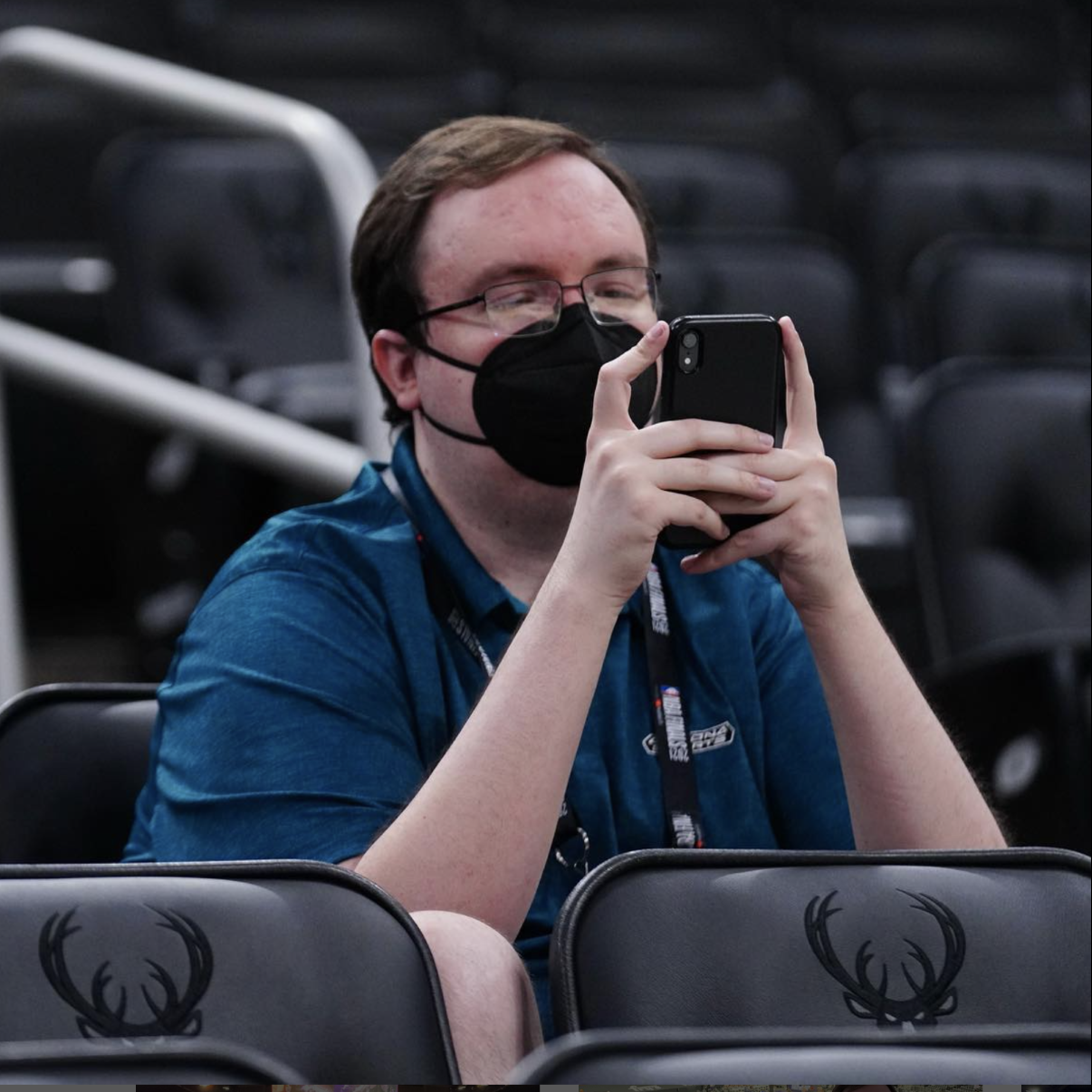
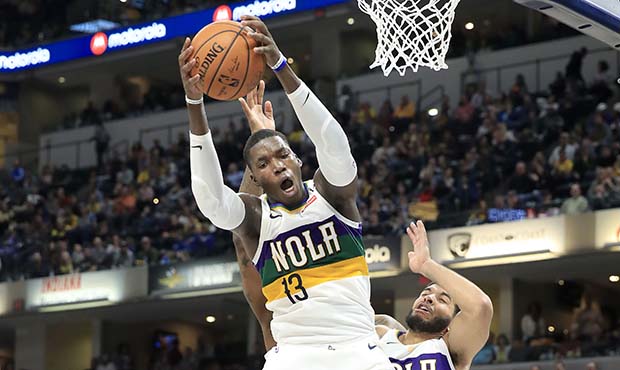
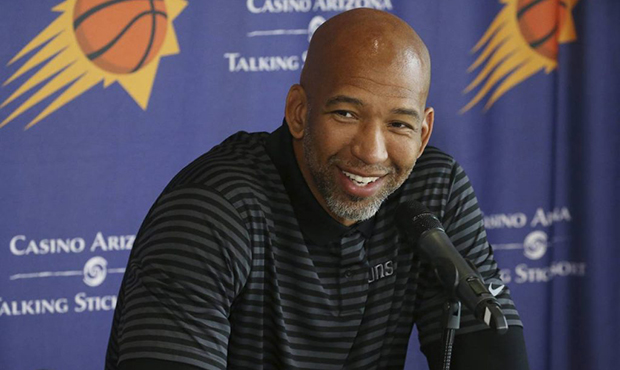

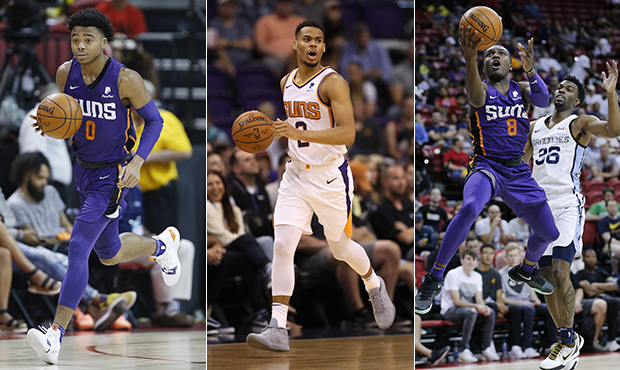
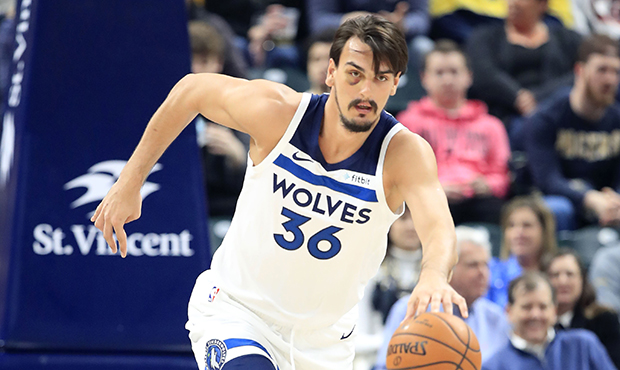




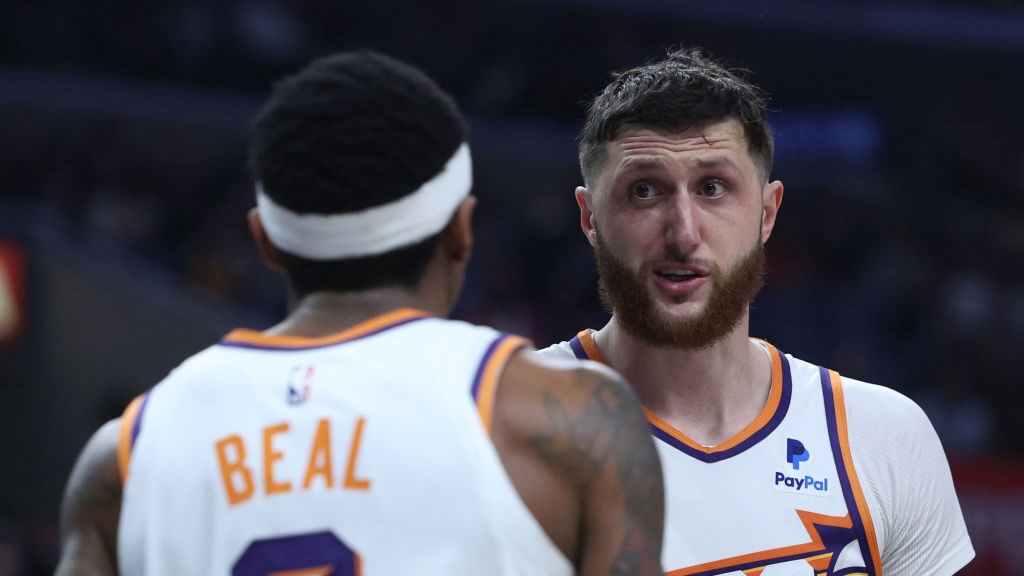
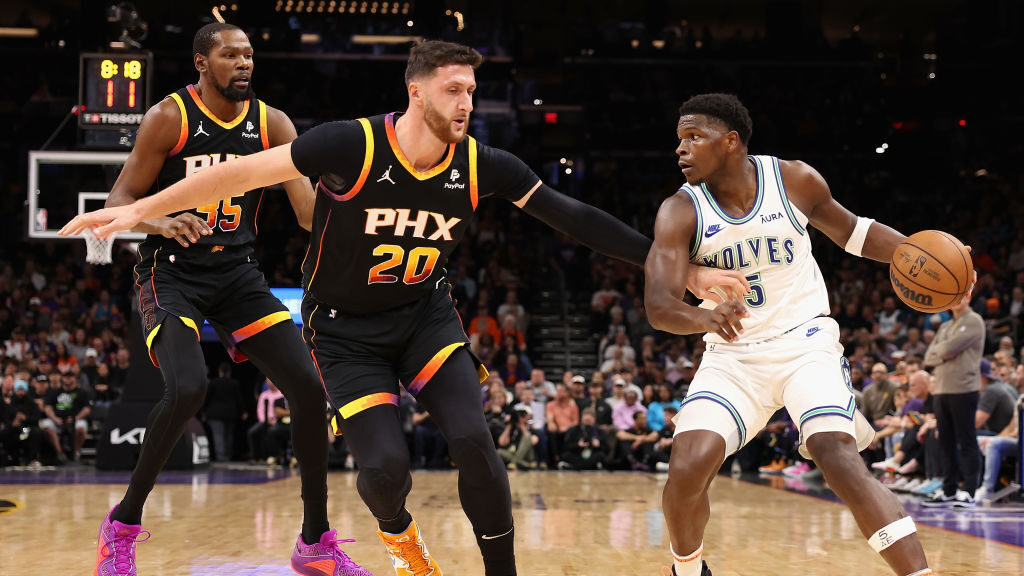
Comments